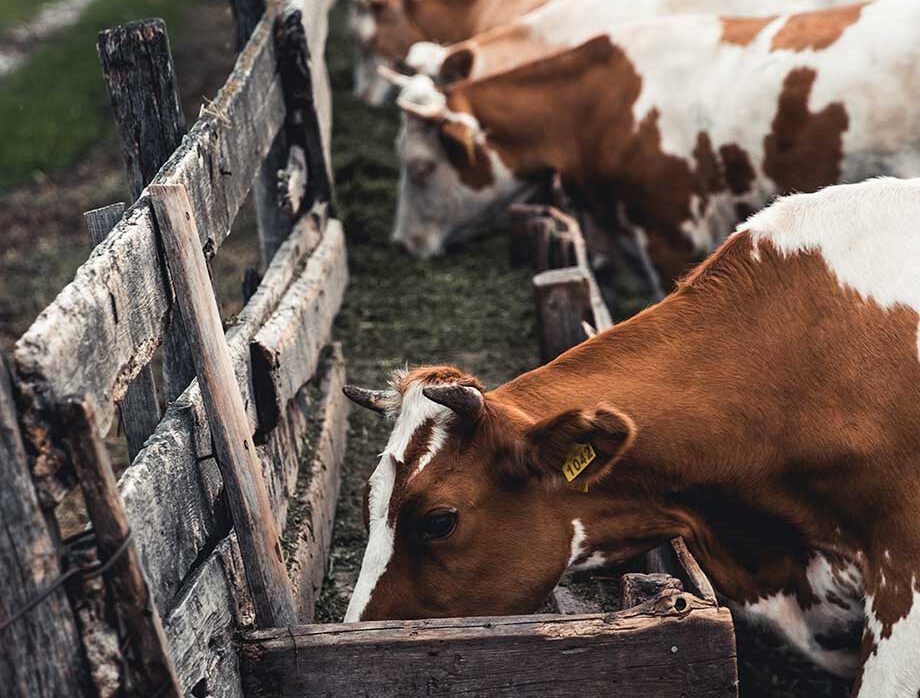The Role of Genetics and Breeding in Improving Kenyan Dairy Cattle
To ensure the long-term success and sustainability of dairy operations, it’s essential to understand the pivotal role that genetics and breeding strategies play in improving Kenyan dairy cattle. Herein, we will explore the significance of selecting the right genetics and employing effective breeding strategies to enhance milk production and cow longevity.
The Genetic Foundation
Genetics forms the bedrock of any dairy herd. Selecting the right genetics through careful breeding can lead to cows that are not only highly productive but also resilient and long-lived. Here’s why genetics matter:
1. Milk Production Potential
- Dairy cattle with superior genetics have the potential for higher milk yields, which directly impacts the profitability of your dairy farm.
2. Health and Disease Resistance
- Selecting cows with strong genetic resistance to common diseases such as mastitis can reduce the need for antibiotics and veterinary interventions, saving costs and ensuring healthier animals.
3. Longevity
- Cows with strong genetics tend to have longer productive lives, reducing the frequency of replacements and associated costs.
4. Efficiency
- Efficient conversion of feed into milk is a genetic trait. Cows with favorable genetics in this aspect can reduce feed expenses.
Selecting the Right Genetics
1. Breed Selection
- Choose dairy cattle breeds known for high milk production and adaptability to the Kenyan climate. Holstein-Friesian, Ayrshire, and Guernsey are popular choices.
2. Pedigree Analysis
- Analyze the pedigrees of potential breeding animals to identify superior genetic lines. Look for cows with a history of high milk production and good health.
3. Genetic Testing
- Modern genetic testing allows for precise selection of desired traits. Consider using genetic tests to identify animals with favorable genetics for milk production and health.
Effective Breeding Strategies
Once you’ve identified the right genetics, it’s crucial to implement effective breeding strategies to propagate these traits within your herd.
1. Artificial Insemination (AI)
- AI allows you to use semen from proven sires with superior genetics. This is a cost-effective way to improve your herd’s genetics.
2. Selective Breeding
- Selectively breed cows that exhibit the desired traits you wish to improve in your herd. Keep detailed records to track genetic progress.
3. Crossbreeding
- Consider crossbreeding to harness the strengths of different breeds. Crossbred cows often exhibit hybrid vigor, resulting in improved health and production.
4. Genetic Diversity
- Avoid excessive inbreeding, which can lead to genetic disorders. Maintain a diverse gene pool within your herd.
Monitoring and Record-Keeping
Maintaining meticulous records of your breeding program and the performance of individual animals is essential. Regularly monitor milk production, health, and reproductive records to identify underperforming animals and make informed breeding decisions.
The role of genetics and breeding in improving Kenyan dairy cattle cannot be overstated. By selecting the right genetics and implementing effective breeding strategies, dairy farmers can enhance milk production, cow longevity, and overall herd health. Investing in genetic improvement is an investment in the future success and sustainability of your dairy farming operation. As you work to improve your herd’s genetics, remember that every well-chosen mating brings you one step closer to a stronger, more productive, and profitable dairy herd.
